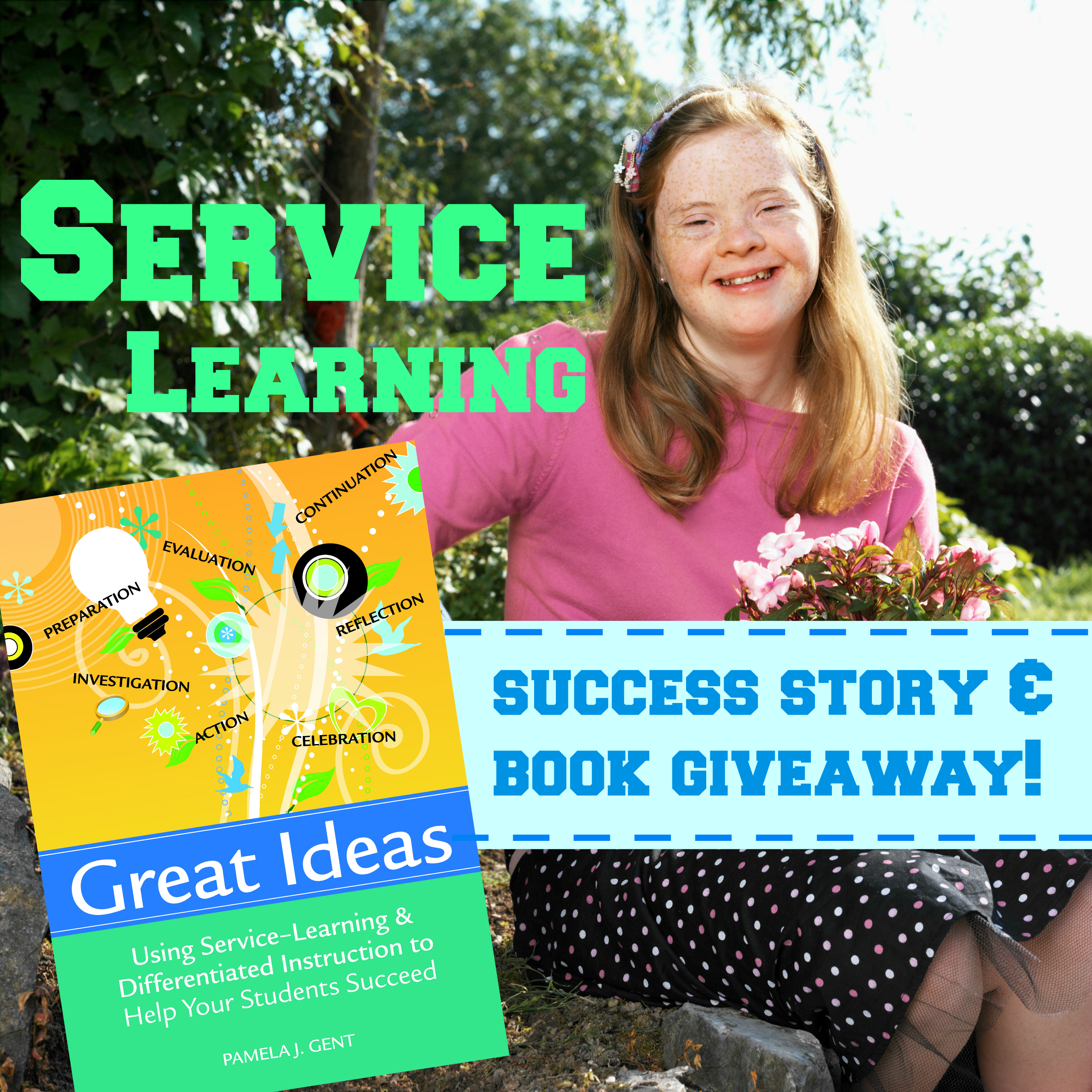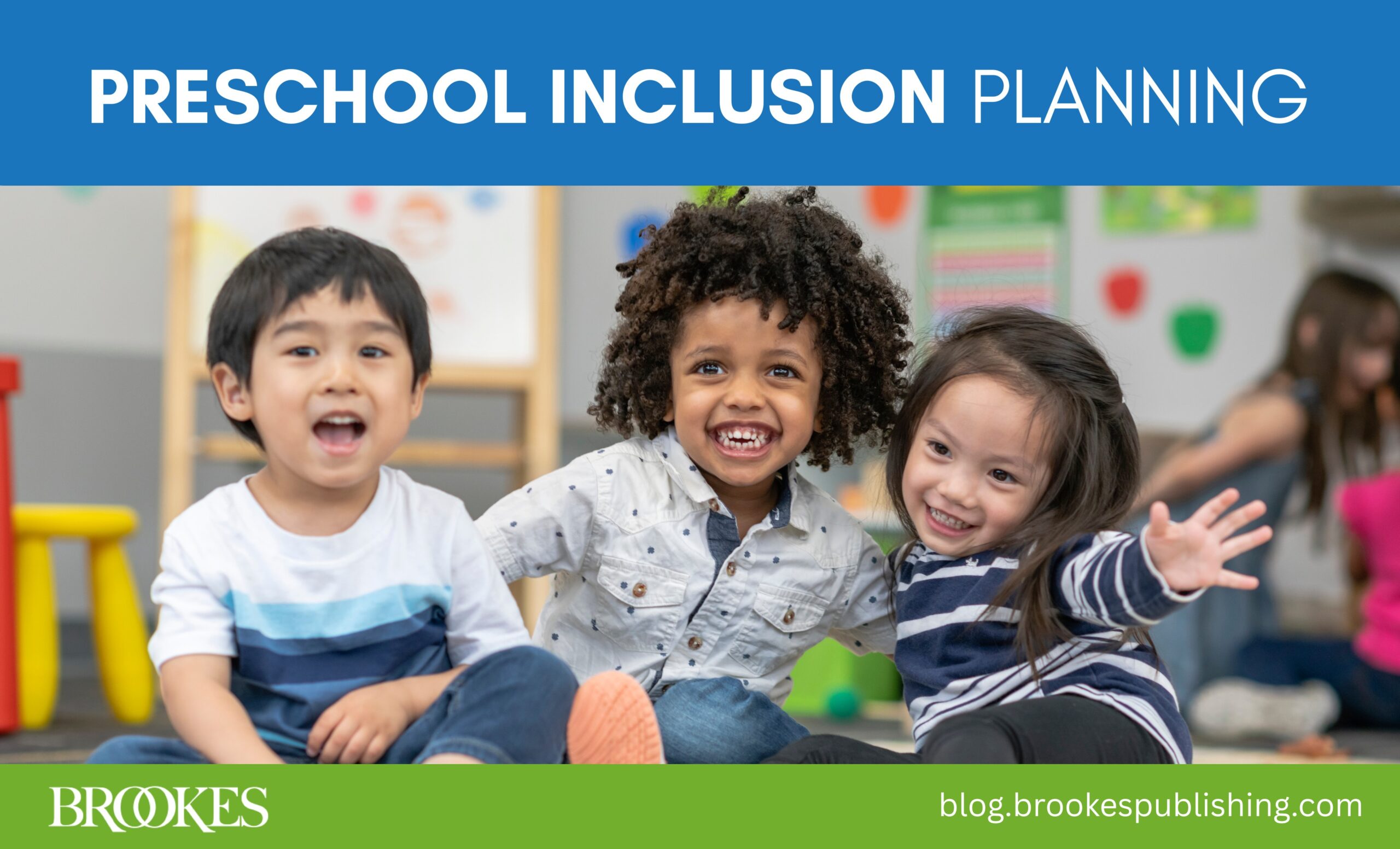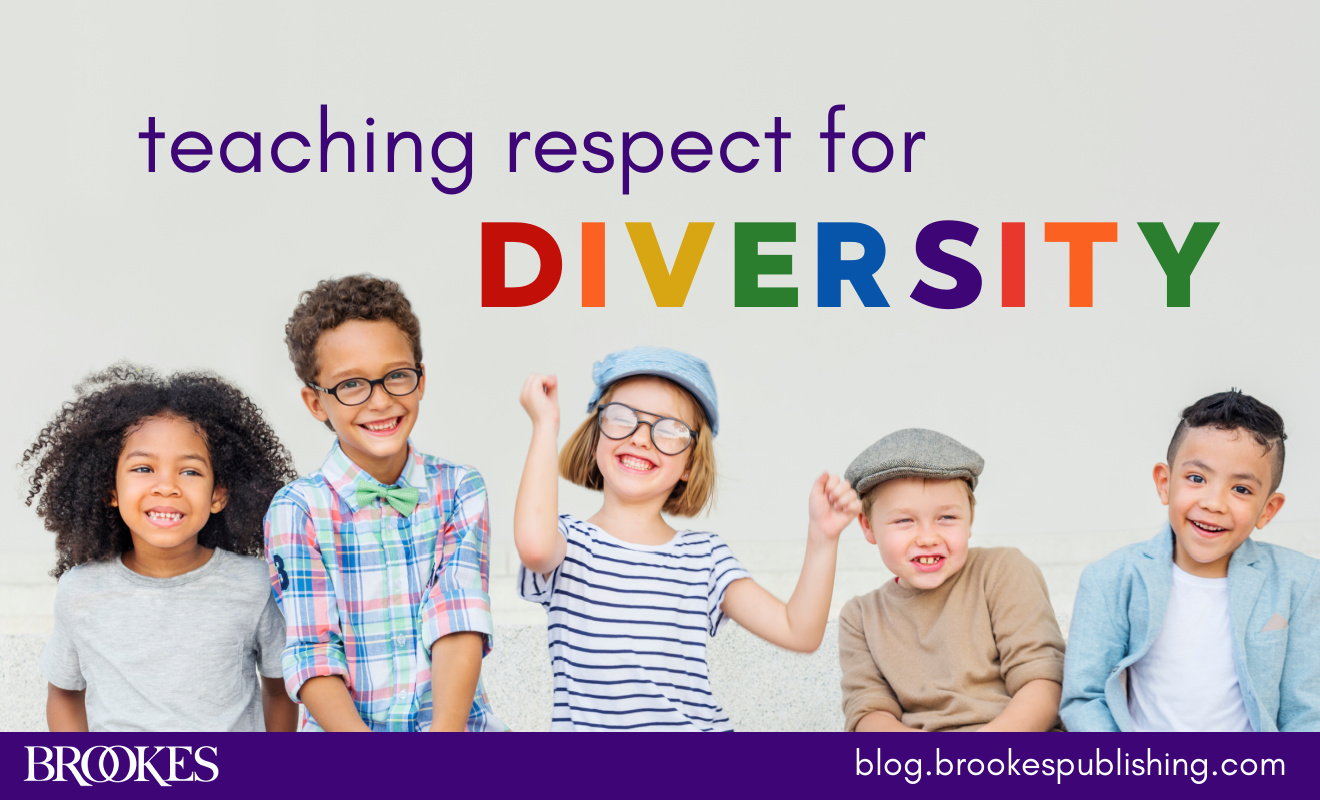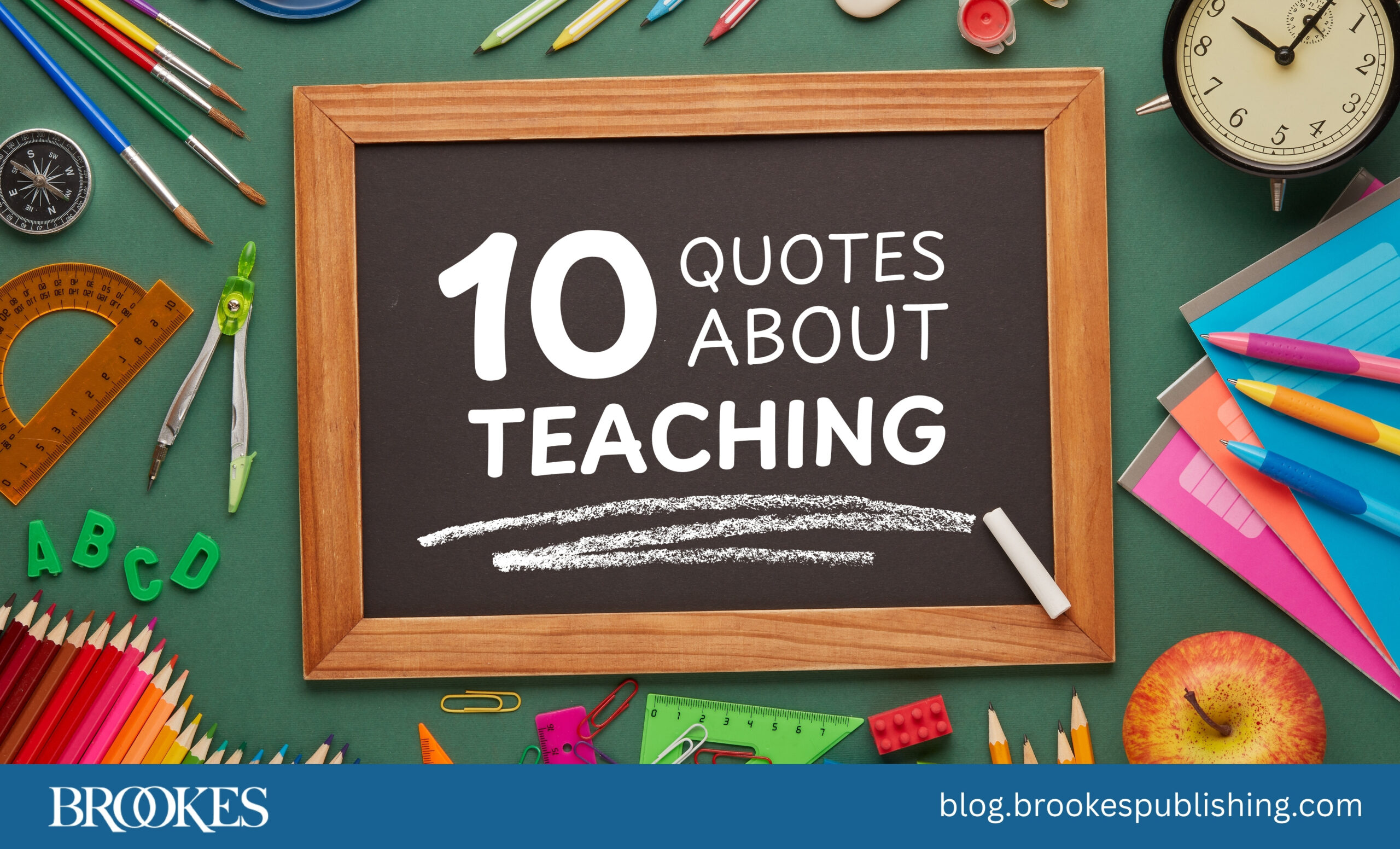Giving Back and Learning Math: A Service Learning Success Story
March 24, 2016
On Tuesday, we talked about 10 key benefits of service learning: a teaching method that promotes inclusion and gives back to the community. Today we’re following up with the story of Mr. Hill, a fifth-grade teacher who used service learning to help his diverse class meet academic standards in math. (If you missed Tuesday’s post on service learning benefits, go check it out!)
Here’s Mr. Hill’s story, excerpted and adapted from Pamela Gent’s Great Ideas: Using Service-Learning and Differentiated Instruction to Help Your Students Succeed.
***
Mr. Hill, the teacher of a class of fifth-grade students with very diverse needs, plans to work with his students on adding decimals and rounding—skills they need to meet key academic standards for mathematics. After reading an article about a local relief agency helping residents after a flood, Mr. Hill has an idea. He contacts the agency about helping them, and the director says they’re in need of emergency kits—large plastic bags filled with basic toiletries for a man, woman, or child. Mr. Hill talks with his students about the emergency kits, and they’re eager to help.
Mr. Hill starts the week by teaching the class how to add decimals, which will come in handy for calculating costs of items. Throughout the week, as students finish their work on decimals, they go to stations set up at the back of the room. Mr. Hill differentiates the assignments: Some students are assigned to do all three stations, some are assigned two, and some are assigned one.
- At Station 1, students make master lists of all toiletries needed to reach their goal: 25 kits for men, 25 kits for women, and 50 kits for children.
- At Station 2, students complete a graphic organizer that has four sections–supplies for all kits, for men only, for women only, and for children only. Mr. Hill gives Keon, a student with moderate to severe intellectual disability, photos of each item to attach to the appropriate sections of the graphic organizer.
- At Station 3, students look through newspaper advertisements to determine a cost range for each of the items.
Mr. Hill begins teaching rounding as a tool to estimate the costs of toiletry items. After a brief refresher lesson, Mr. Hill gives each student a small whiteboard and asks students to round a few decimals to the nearest whole number. Using this quick assessment, he divides the students into three groups:
- Students who rounded all numbers correctly. Mr. Hill asks them to check the rest of their homework by rounding and then look through the newspaper ads and clip coupons for the toiletry items.
- Students who rounded all numbers up or all numbers down. They are quickly gathered into a group to practice rounding rules. After they practice some problems on their whiteboards, Mr. Hill asks them to check their homework using rounding.
- Students who did not round any numbers correctly. These students are asked to clip the newspaper coupons until Mr. Hill is done working with the second group. When Mr. Hill is done, he gives the third group an extra lesson on rounding up and rounding down.
The next day, Mr. Hill divides the class into pairs. Each pair includes a “green” student proficient at both rounding and adding decimals and one “blue” student who is not yet proficient in these areas. Mr. Hill gives each pair practice problems on rounding and decimals. The “green” student in each pair goes first, completing the problem while describing the process. Then they switch roles, with the “blue” student completing the problem and describing the process. Keon uses the calculator for adding but is still required to describe the process he’s using.
After the pairs practice and learn from each other, Mr. Hill asks them to arrive at an actual cost and an estimated cost of all the toiletry items needed for the kits. Each pair does the same with the coupons they cut out; they calculate the actual total and an estimated total with the coupons. As a pair, they also calculate tax and decide how much money they need to take to the store to buy the items.
Students walk to the store accompanied by volunteers from the school’s parent teacher organization (PTO). Using money donated by the PTO and the coupons, the students buy items for the emergency kits. Throughout the next week in math, Mr. Hill asks students to total the cost for each kit individually and the cost for all of the kits. He teaches them how to subtract using decimals and calculate the coupon savings for the kits. Over the next week, students assemble kits, make labels, and write two letters: one to the relief agency, and one to the PTO thanking them for their help.
Mr. Hill delivers the completed kits to the agency. Students reflect by discussing how math helped them give back to their community and how this project helped them learn how to round and add and subtract decimals. Mr. Hill and his class celebrate at a lunchtime pizza party—and get a surprise visit from the principal, who reads a special thank-you letter from the relief agency.
***
[The Great Ideas book giveaway is now closed.]




Write a Comment
Your email address will not be published. Required fields are marked *
Post a Comment